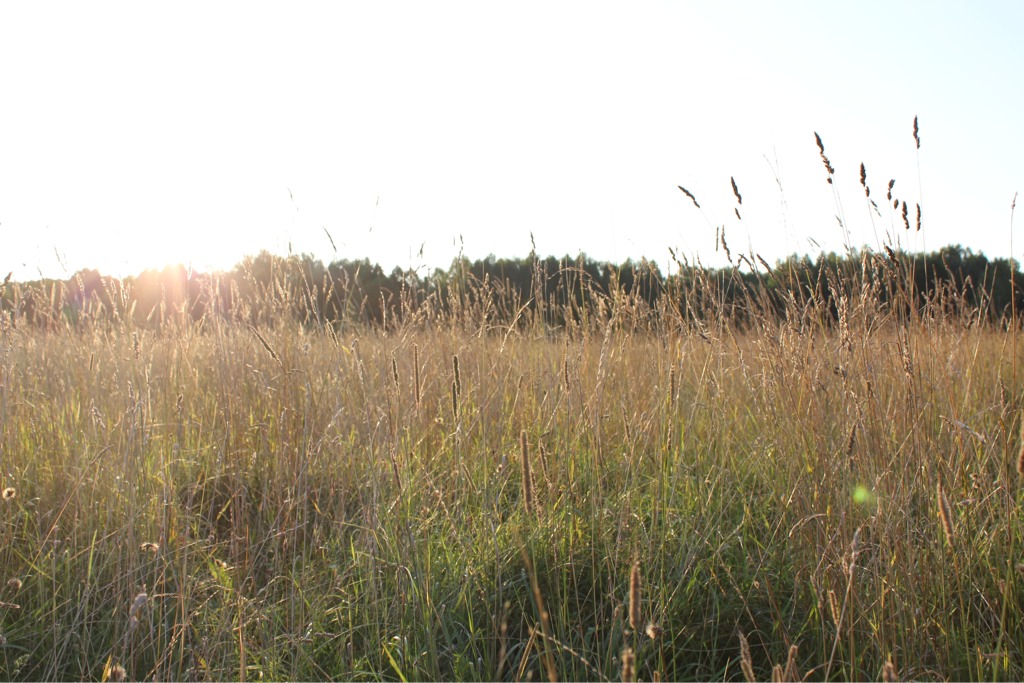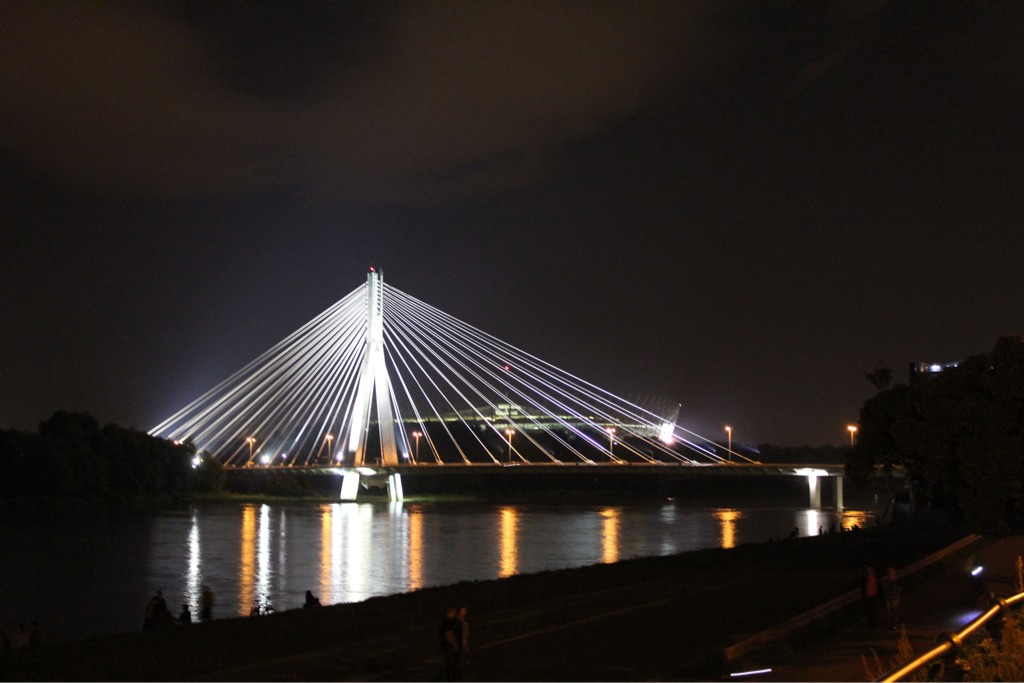 So there's this forest, right?
So there's this forest, right?
It's ~14,149 strictly protected acres in a 146,397 acre national park called Puszcza Białowieska. There's a wall that goes through the middle of it marking the border between Poland and Belarus, it is home to wild European Bison, and it is the largest (as well as one of the only) remaining forest in Europe with primeval qualities. It's where Casey and I spent the past week, crossing off one of the first places on our must-see list when we started talking about this trip two and a half years ago.
I read about the forest in a book that is essentially a thought experiment; exploring the idea of human impact on the natural world, and how the planet has a tendency to want to right itself. The Białowieza forest (roughly pronounced: be-ah-woh-vee-ay-zsha) was used briefly in the book as an example of a place that has been protected and/or lucky enough over the years, to remain essentially without human impact, despite the aforementioned wall being built through it, multiple wars, and a changing of managerial hands as borders shifted.
The only way to get into the aptly named Strictly Protected Area, is with a tour guide, which we did on Tuesday. It's hard to explain exactly how it's different from any other forest (birds, trees, mosquitoes, etc.), save to say that it just kind of feels different - lush and alive and green. What's easier for me to put into words are some of the things we took from our guide. Things like the fact that we asked a few questions that he said just weren't answerable yet, as a place like this is so rare there hasn't been enough time to observe and study it. Or things like how the bison herds, which are wild here, were hunted nearly to extinction in the early 1900's, reintroduced from 12 specimens in the 1920's and now, with no major natural predator, have taken off again. (This on top of the fact that what was once one heard is now two, thanks to the wall dividing Poland and Belarus - an irony not lost on us coming almost directly from Berlin.) Or finally, how even with a guide, you can only trek a 4km path through the southwest corner of it, knowing that the rest is only visited by scientists.


Location:Białowieza, Poland

